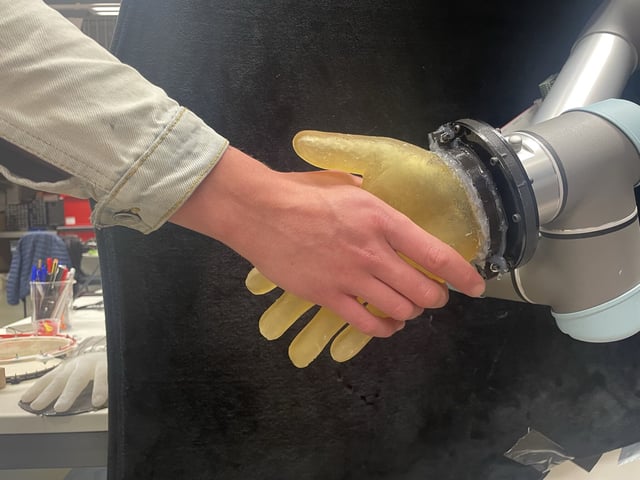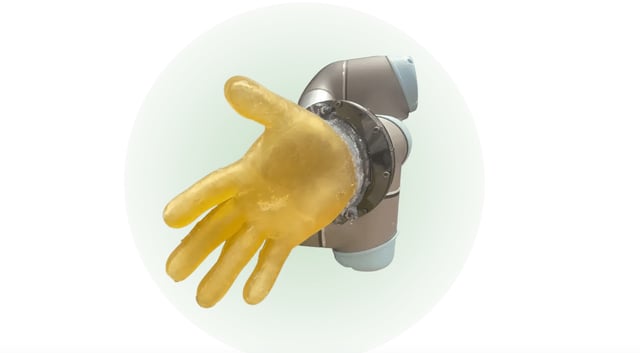Overview
- The skin is made from a single gelatin-based hydrogel that senses pressure, temperature changes and damage across more than 860,000 conductive pathways.
- Researchers melted and cast the stretchy conductive gel into a human-hand shape, using 32 electrodes at the wrist to capture over 1.7 million data points per trial.
- A machine learning model trained on tests including heat blasts, finger presses and scalpel cuts enables the skin to distinguish different touch modalities.
- By relying on one multi-modal sensor material rather than embedded discrete sensors, the design simplifies fabrication and improves robustness over complex surfaces.
- After successful lab trials of varied touch stimuli, the team is now aiming to improve the skin’s longevity before deploying it in realistic robotic applications.

